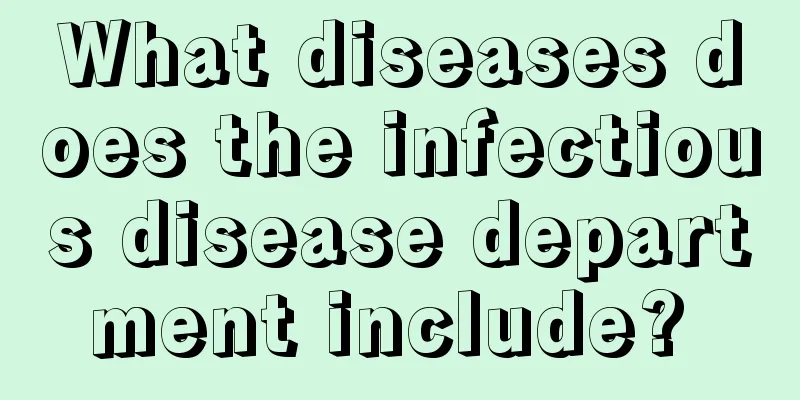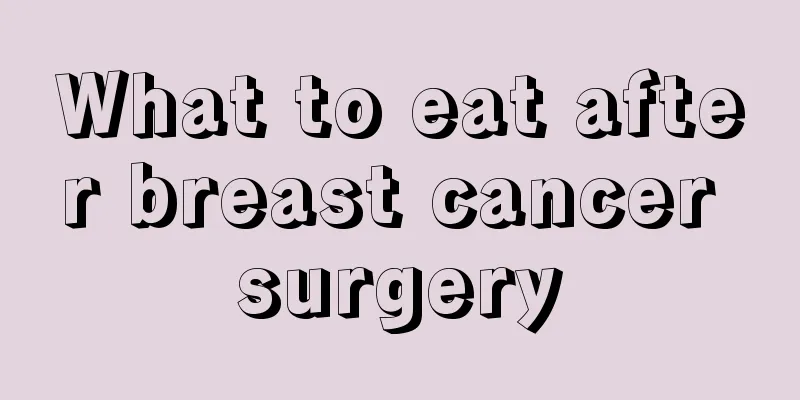What diseases does the infectious disease department include?

|
In any hospital, there are many departments. Different departments have different responsibilities, and in the words of the people, different departments can treat different diseases. The reason for this distinction is that there are too many different types of patients nowadays. If they are not subdivided, the doctors will probably be extremely busy. What diseases can be treated in the infectious disease department of a hospital? The infectious disease department is also called the infectious disease department. The infectious disease department is the department that treats infectious diseases. Common infectious diseases include bacillary dysentery, typhoid fever, cholera, hepatitis A, meningitis, scarlet fever, whooping cough, influenza, measles, filariasis, Japanese encephalitis, schistosomiasis, etc. Infectious diseases are a type of disease caused by various pathogens that can be transmitted between people, animals, or between people and animals. Most of the pathogens are microorganisms, and a small part are parasites. Diseases caused by parasites are also called parasitic diseases. For some infectious diseases, the epidemic prevention department must keep abreast of the incidence and take timely countermeasures. Therefore, once discovered, they should be reported to the local epidemic prevention department in a timely manner within the prescribed time. These are called statutory infectious diseases. China currently has 38 statutory infectious diseases in three categories: A, B and C. Infectious diseases are characterized by the presence of pathogens, contagiousness and epidemicity, and often immunity after infection. Some infectious diseases are seasonal or endemic. There is no unified classification of infectious diseases. Some people classify them by pathogens, while others classify them by transmission routes. The prevention of infectious diseases should adopt comprehensive measures with the main focus on cutting off the main links of transmission. The spread and spread of infectious diseases must have three links, namely the source of infection (people and/or animals that can excrete pathogens), the transmission route (the route by which pathogens infect others) and susceptible people (people who are not immune to the infectious disease). If one of the links can be completely cut off, the occurrence and spread of the infectious disease can be prevented. The vulnerable links of various infectious diseases are different. It should be fully utilized in prevention. In addition to the dominant links, measures should also be taken for other links. Only in this way can we better prevent various infectious diseases. |
<<: What vitamins are missing for hangnails on hands
>>: Do I need to wash my face after applying the coix seed water mask
Recommend
Is blood sugar of 10.3 after a meal high? You need to know the diagnostic criteria for diabetes
A normal person's blood sugar level after a m...
Familial genetic tendency of prostate cancer
Many people have a question about whether prostat...
What are the precautions for hyaluronic acid dissolving enzyme
The effects of hyaluronic acid dissolving enzyme ...
How to repair lip scars
The sexiness of lips can reflect a person's s...
How to lose weight with two meals a day diet
For friends who want to lose weight but have no t...
What to do if Helicobacter pylori is seriously positive
Helicobacter pylori is a very common pathogen. Th...
How long does it take for scraping to be effective for weight loss
As a new way of health preservation, scraping has...
At what age can a baby stand?
In the process of raising a baby, parents will be...
Let me introduce the early symptoms of liver cancer in women
Female liver cancer has its own unique symptoms, ...
What kind of tea is Pu'er tea
What kind of tea is Pu'er tea? I believe that...
What is gastrointestinal conditioning
I have to go to the toilet as soon as I finish my...
How many days after having sex on the 25th can I test positive for pregnancy
Nowadays, many young couples want to have childre...
What should I do if I am afraid of mosquito bites
Mosquitoes are the most annoying creatures on ear...
Preventing the recurrence of rectal cancer starts with these things
Rectal cancer is a malignant tumor that occurs in...
Do you know the early symptoms of bone cancer?
In recent years, the early symptoms of bone cance...









